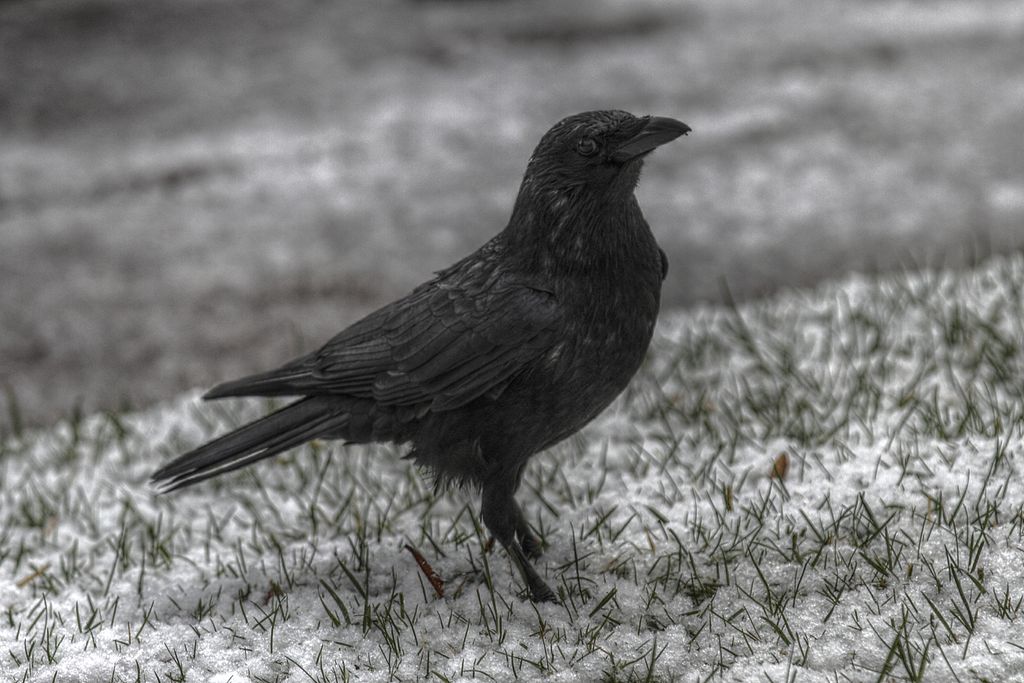Science News
Kepler, Urchins, and Crows—Oh, My!
February 28, 2014
by Molly Michelson

Our weekly round-up of eye-catching science headlines...
Kepler Multiplicity
Kepler added 715 new exoplanets to its growing roster this week, bringing the total count to 1,700 confirmed planets outside of our solar system. To verify this bounty of planets, a research team analyzed stars with more than one potential planet, all of which were detected in the first two years of Kepler’s observations.
The scientists used a technique called verification by multiplicity, which relies, in part, on the logic of probability. Kepler observes 150,000 stars and has found a few thousand of those to have planet candidates. If the candidates were randomly distributed among Kepler’s stars, only a handful would have more than one planet candidate. However, Kepler observed hundreds of stars that have multiple planet candidates. Through a careful study of this sample, these 715 new planets were verified.
Four of these new planets are less than 2.5 times the size of Earth and orbit in their stars’ respective habitable zones, defined as the range of distance from a star where the surface temperature of an orbiting planet may be suitable for life-giving liquid water.
“The more we explore the more we find familiar traces of ourselves amongst the stars that remind us of home,” says SETI’s Jason Rowe, co-author of the study published this week.
Similar Urchins, Different Functions
A great video on the New York Times site this week demonstrates why biodiversity is so important. The Creature Cast describes two species of similar sea urchins playing two very different and vital roles in their ecosystem. And after you watch that video, dive deeper with this video that we produced for the Khan Academy.
New Olympic Sport?
What is it about crows and ravens that attract folks to YouTube by the hundreds of thousands? Is it their human-like intelligence and playful, sneaky ways? If you know the answer, please do tell!
We produced a video on crow intelligence several years ago that continues to mystify us with its success. So you can understand when an NPR link mentioning “Crowboarding” caught our attention. The Russian video it refers to has received close to two million views and it is pretty addictive. Perhaps with the recent snowfall in the Sierras we can make our own viral video…
Image: PierreSelim/Wikipedia